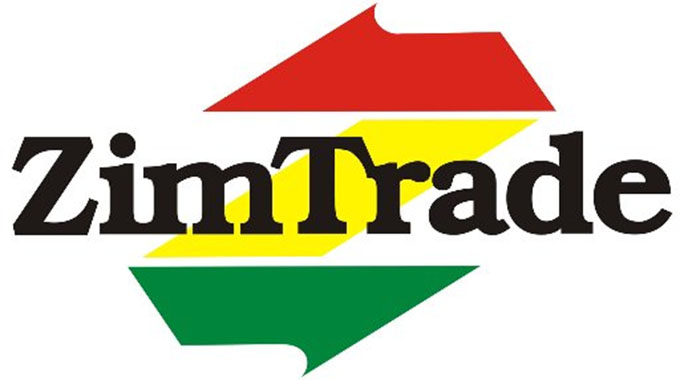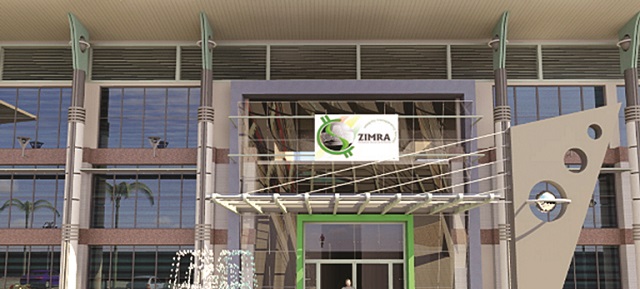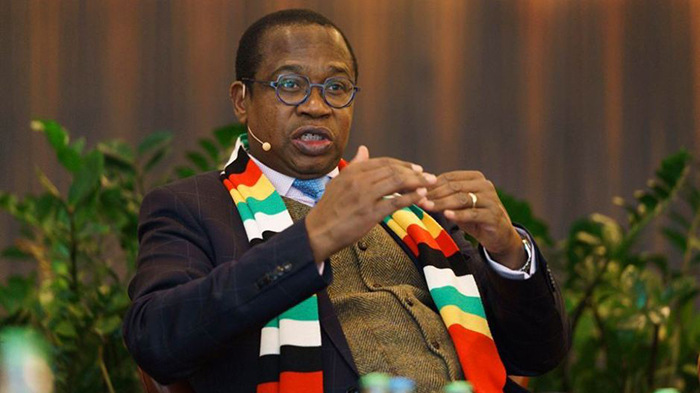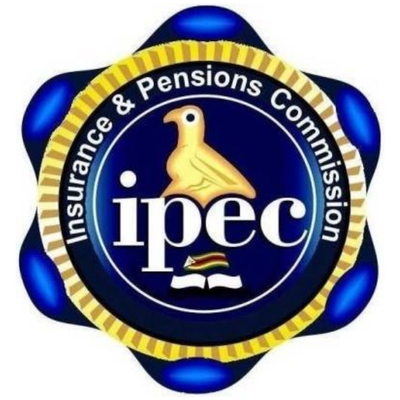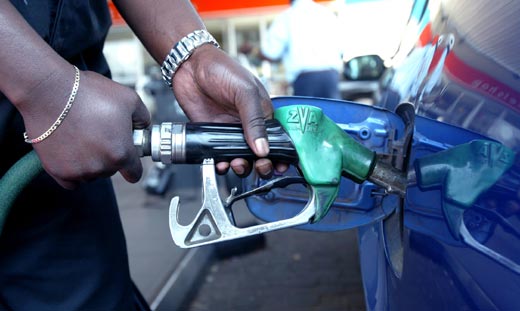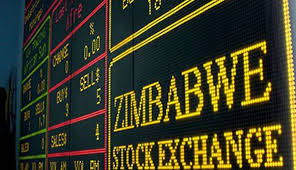Hwange Power Station leads in electricity generation
HWANGE Power Station, inclusive of the newly commissioned units, contributed 56,11 percent of total electricity production during the third quarter of 2023, while Kariba Hydro Power Station accounted for 39,08 percent.
In total, power generated during the period under review amounted to 2,746.10GWh, increasing by 52,22 percent from the 1,804.01GWh produced in the previous quarter, figures from the Reserve Bank of Zimbabwe (RBZ) for the period to 30 September, 2023 indicate.
Unit 7 and 8 are components of the US$1,4 billion Hwange Unit 7 and 8 expansion project whose construction began in August 2018 following a ground-breaking ceremony by President Mnangagwa.
Government successfully secured loan funding from China in 2018 and the project has been successfully implemented by a Chinese contractor, Sinohydro Corporation.
The project is a major success for Zimbabwe as it fulfils one of the promises made by President Mnangagwa which is to improve power supply in line with the key aspirations of NDS1.
Reserve Bank of Zimbabwe (RBZ)
“Total power generated during the third quarter of 2023 amounted to 2,746.10GWh, increasing by 52,22 percent from the 1,804.01GWh produced in the previous quarter. The rise in electricity production was due to the commissioning of the Hwange Units 7 and 8, which added about 937.22GWh during the quarter,” reads part of the report.
“Hwange Power Station, inclusive of the newly commissioned units, contributed 56,11 percent of total electricity production during the third quarter, while Kariba Hydro Power Station accounted for 39,08 percent.
“The reduced water allocation for purposes of electricity generation impacted negatively on performance of Kariba.
Zimbabwe Energy Regulatory Authority
Electricity production by Independent Power Producers (IPPs) fell to 90.10 GWh in the third quarter of 2023, from 117.59GWh in the preceding quarter,” noted RBZ.
The report added that independent power producers (IPPs) contributed about 3,3 percent to total power output in the third quarter of 2023.
On Tuesday, IPPs contributed 55 megawatts to the national grid.
The electricity supply industry (ESI) is dominated by Government-owned power entities, namely the Zimbabwe Power Company (ZPC) and the Zimbabwe Electricity Transmission and Distribution Company (ZETDC).
Zimbabwe Electricity Transmission and Distribution Company (ZETDC)
Government has already positioned the country to promote green energy solutions under the broader national vision of having IPPs adding 2 000 megawatts to the national grid by 2030.
The consistent and sustainable provision of energy is a key determinant to the well-being of any economy and electricity is the major source of energy used not only in business and industrial processes.
ZPC operates and manages four power stations; Hwange, Munyati, Bulawayo and Kariba, while ZETDC carries out the system/network operator function, operates the transmission and distribution networks and conducts trade regionally through the Southern African Power Pool (SAPP).
Zimbabwe Energy Regulatory Authority (Zera) regulates any person or private companies that operate an electricity undertaking which generates, transmits, distributes, or retail electricity for commercial purposes in excess of 100 kilowatts (kW).
-chronicle



